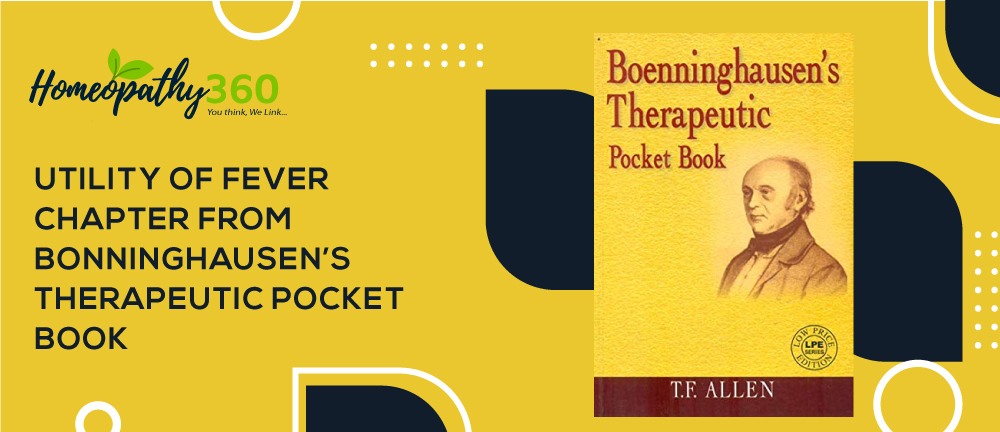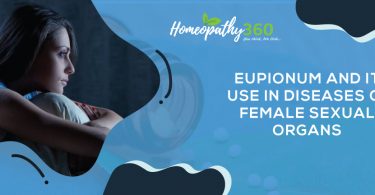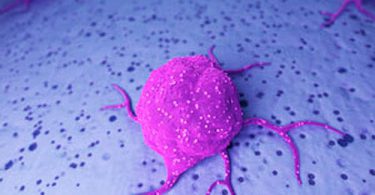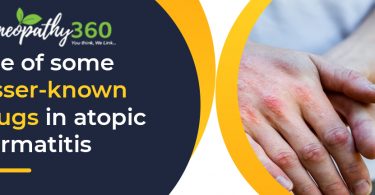
INTRODUCTION: Boenninghausen’s Therapeutic Pocket Book is one of the initial repertories, it contains relatively a systemic arrangement and detailed information. This unique work became progenitors of all future and more useful repertories. Boenninghausen’s is the first person to give the fever chapter in detail. Boger took this Boenninghausen’s work as a reference for his work i.e’ BBCR-fever chapter. Fever is a body temperature higher than normal range of 98—100’ in Fahrenheit & 36—37’ in Celsius. It’s also called a high temperature, hyperthermia, or pyrexia. It‘s a sign of your body’s natural fight against infection.
FEVER:
For adults, a fever is when your temperature is higher than 100.4’ F.
For kids, a fever is when their temperature is higher than 100.4’ F (Rectally), 99.5’ F (Orally), 99’F (Under the arms).
A part of our brain called the hypothalamus controls our body temperature. When an infection occurs, the immune system will launch an attack to try to remove the cause. A high body temperature is normal part of this reaction. As a person’s body temperature increases, they may feel cold until it levels off and stop rising. People usually describe this as “Chills”. A fever usually resolves on its own. However, if body temperature rises too high, it may be a symptom of a severe infection that needs medical treatment.
CAUSES:
- Eating, exercise, sleeping and individual factors can also affect temperature.
- Infections of the ear, lung, skin, throat, bladder, or kidney.
- Conditions that generally causes inflammation, such as rheumatoid arthritis.
- Autoimmune condition’s such as lupus and inflammatory bowel disease.
- Side effects of medicines, after vaccines and immunizations.
- Damage to tissues from surgery and haemorrhage.
- Other medical conditions like skin infections, cancer, hyperthyroidism, gout and other metabolic disorders.
When someone have fever they may also experience some other symptoms like:
- Cold & Chills
- Shivering
- Sweat and clammy hand and feet
- Feel hot to touch
- Weakness and sleepy
- Body aches and headache
- Loss of appetite
- Dehydration and increased sensitivity to pain
Treatment:
A mild fever is part of the immune system’s response to bacteria, virus, and other pathogens. It helps the body fight off infection. A fever usually resolves on its own. However, if body temperature rises too high, fever can lead to complications and it may be a symptom of a severe infection that needs medical treatment. For this reason, antipyretics can be advised, in case of other causes leading to fever, treatment depends on the cause for the fever.
Arrangement of fever chapter in BTPB:
Fever chapter arranged in 7 subsections/chapters. Fever chapter start from the page no -250 to 268, total 18 pages are covered. Rubrics are given in detail with list of medicines in front along with concomitants at the end of the chapter.
7 subsections are arranged as bellow.
• Circulation
• Cold stage
• Heat
• Coldness
• Perspiration
• Compound fevers
• Concomitant complaints
First division has conditions of the blood as: Anemia, Congestion, etc. objective and subjective symptoms of the blood vessels, also pulse characters.
Second division, formerly termed as Cold Stage, what we call as chilly stage (Chilliness).
Third and fourth divisions have been reversed, and we find the variations of the symptoms of the fever (Heat) following immediately after the cold stage.
The fourth, the cold symptoms (Coldness) follow the heat and the symptoms covering shivering follow the coldness rather than the cold stage (Chilliness).
The fifth division, rubrics devoted to perspiration follow in the old order, after the coldness. With their modifications.
The sixth division, Compound Fever covers certain variations in the onset of chill, heat and sweat, and their alternations.
The seventh division, Concomitant Complaints, are scattered more or less throughout the part and also immediately following the old divisions at the end of the chapter, i.e, Heat with associated symptoms, sweat with associated symptoms, before fever, during fever, after fever
Arrangement of rubrics in subsections in details:
- CIRCULATION
Related to Blood
- Anemia
- Congestion
-Internally
- Orgasm
- Plethora
- Sensation as if Blood stagnated
Related to Blood Vessels,
- Burning
- Cold feeling
- Distension
- Inflammation
- Like a Net-work
- Pulsation
- Stitches
- Varicose
Related to Pulse
- Pulse, Abnormal in General
- Full
-Hard
-Imperceptible
-Intermittent
-Irregular
-Rapid
- Pulse more rapid than the beat of the heart
-Slow
-Slower than the beat of the heart
-Small
-Soft
-Tremulous
-Unchanged
- COLD STAGE (CHILLINESS)
- Chilliness in general
-In certain parts
-Internally
- Chilliness, one sided
-Becomes chilled easily
- Chilliness with gooseflesh
-With shivering
-With thirst
-Without thirst
-With trembling
-Symptoms during chill
- HEAT
- Heat
-Externally
- Heat, internally
-In special parts
– – Externally
- Heat special internally
-One sided
-Anxious
-Dry
-In flushes
- Heat with thirst
-Without thirst
-With inclination to uncover
-With dread of uncovering
- Associated symptoms
- COLDNESS
- Coldness in general
-Of special parts
-Externally
- Coldness internally
-One sided
- Shivering in general
-Of special parts
-Of one sided
- PERSPORATION
- Sweat in general
- Sweat, special parts
-On one side
-Anterior parts
-Posterior parts
-On upper parts
-Lower parts
-With thirst
-Without thirst
-With inclination to uncover
-With dread of uncovering
-Anxious
-Bloody
- Sweat, cold
-Easy
-Exhausting
-Greasy
-Hot
-Odorous
– -Acrid,
– -Bitter,
– -Bloody,
– -Burnt,
– -Of camphor,
– -Of cheese, etc….
-Staining
– -In spots
– -Red
– -Yellow
-Lack of
- Sweat with associated symptom
- COMPOUND FEVER
- Compound fever in general
- Chill then Heat
-Then sweat
-Then heat then chill
-Then heat then sweat
-Then heat with sweat
-And heat at the same time
-With sweat
-With heat and sweat
-Externally with heat internally
- Chill internally and heat externally
-Alternating with heat
-Alternating with sweat
- Heat then chill
-Then chill then heat
-Then chill then heat then sweat
-Then shivering
-Then sweat
-Then sweat then chill
-With shivering
-With sweat
-With sweat then chilliness
-Alternating with shivering
- Heat alternating with sweat
- Shivering then chill
-Then heat
-Then sweat
-With sweat
- Sweat then chill
-Then chill then sweat
-Then heat
- CONCOMITANTS
- Before fever
- During fever
- After fever
Related to Location
- Febrile symptoms
-Left side
-Right side
UTILITY OF DIFFERENT TYPES OF RUBRICS IN DIFFERENT TYPES OF FEVER :
In Typhoid fever: Heat externally, internally, Chilliness in general, sweat in general, associated symptoms during heat, Pulse rapid, and rubrics from other chapters of BTPB can be considered.
In Dengue fever: Blood congestion, pulse soft, pulse rapid, heat internally, cold internally, sweat bloody, etc.
In Malaria fever: Heat internally, shivering in general, cold internally, pulse rapid, associated symptoms during heat, etc.
CONCLUSION: Bonninghausen’s therapeutic pocket book has given rubrics related to all the stages of fever, all conditions related to fever and also concomitants related to fever. Thus by using BTPB repertory we have more scope in treating the fever in homeopathy.
REFERENCE:
- Allen T F. Bonninghausen’s Therapeutic Pocket book; B Jain Publishers; 2002. 250-268.
- https://my.clevelandclinic.org/health/symptoms/10880-fever
About Author:
Dr. SHIVALEELA
PG Scholar, Part I, Department of Repertory
Govt. Homeopathic Medical College and Hospital Bangaluru
UGO – Dr. ANUSUYA M Akareddy HOD department of Repertory





